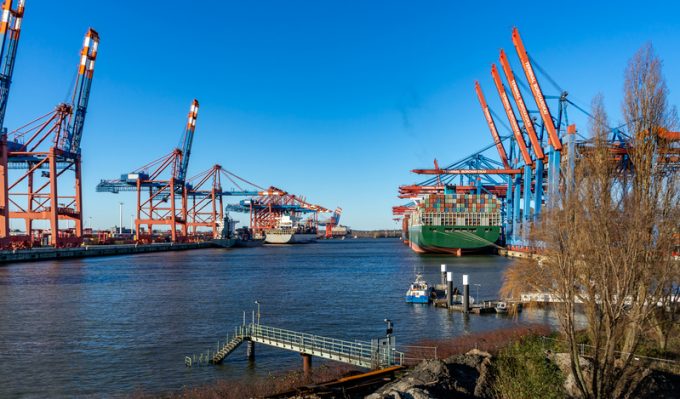Gemini to reintroduce direct Asia-Europe calls at Aarhus and Gothenburg
The first cracks in the Gemini partners’ philosophy of limiting direct calls on their Asia-Europe ...

Port congestion at the container hubs of North Europe is continuing to impact alliance networks and further disrupt already stretched supply chains.
The 2M partners, Maersk and MSC, advised customers today their AE7/Condor Loop 4 would omit Hamburg for the next four weeks to discharge cargo ...

Comment on this article